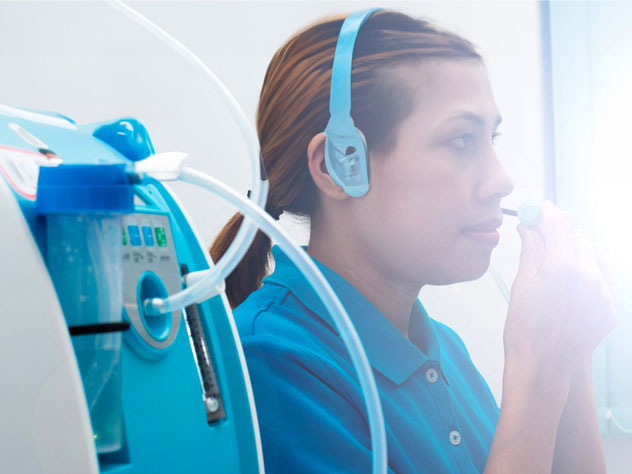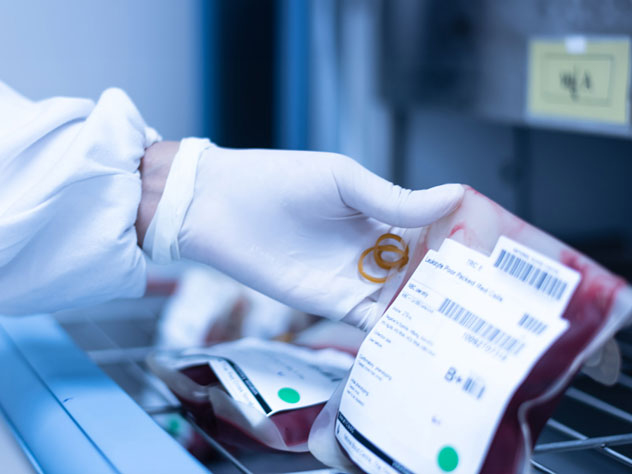Customer:
A US-based cord blood bank
Industry:
Clinical trial and cold chain logistics
Solution:
Quick Board software ensured the effective monitoring of inbound and outbound cord blood shipments.
- Real-time visibility of shipments.
- Temperature-controlled shipping.
- Improved operational and supply chain efficiencies.
Quick Board software provides real-time visibility of the inbound shipments, ensuring the integrity of umbilical cord blood and the optimal staffing of testing laboratories to improve process efficiencies.
Challenge
Often unpredictable timing of birth prevents planned collection and testing of umbilical cord blood before cryofreezing. Cord blood requires immediate pick-up and delivery to labs as well as temperature control solutions to ensure viability. Integrity of cord blood is crucial for treatment against life-threatening diseases. Quick's client, a cord blood bank, did not have accurate visibility of inbound cord blood shipments, which resulted in difficulty in proper staffing and testing preparation.
Solution
Quick's unique logistics technology, Quick Board, which monitors incoming and outgoing shipments in real time, integrated with the cord blood laboratories systems.
- Direct XML feed from Quick enterprise system alerted client of inbound shipment volume and details.
- Real-time shipment data helped with appropriate staffing and testing preparation.
- Solution improved day-to-day operational and logistics efficiencies.
- Strict temperature control and chain of custody protocols ensured viability of cord blood.
- Bar code scanning facility at laboratory enhanced chain of custody upon delivery – this prevented existing staff from being distracted by the receiving process, particularly when the laboratory is not completely staffed.







